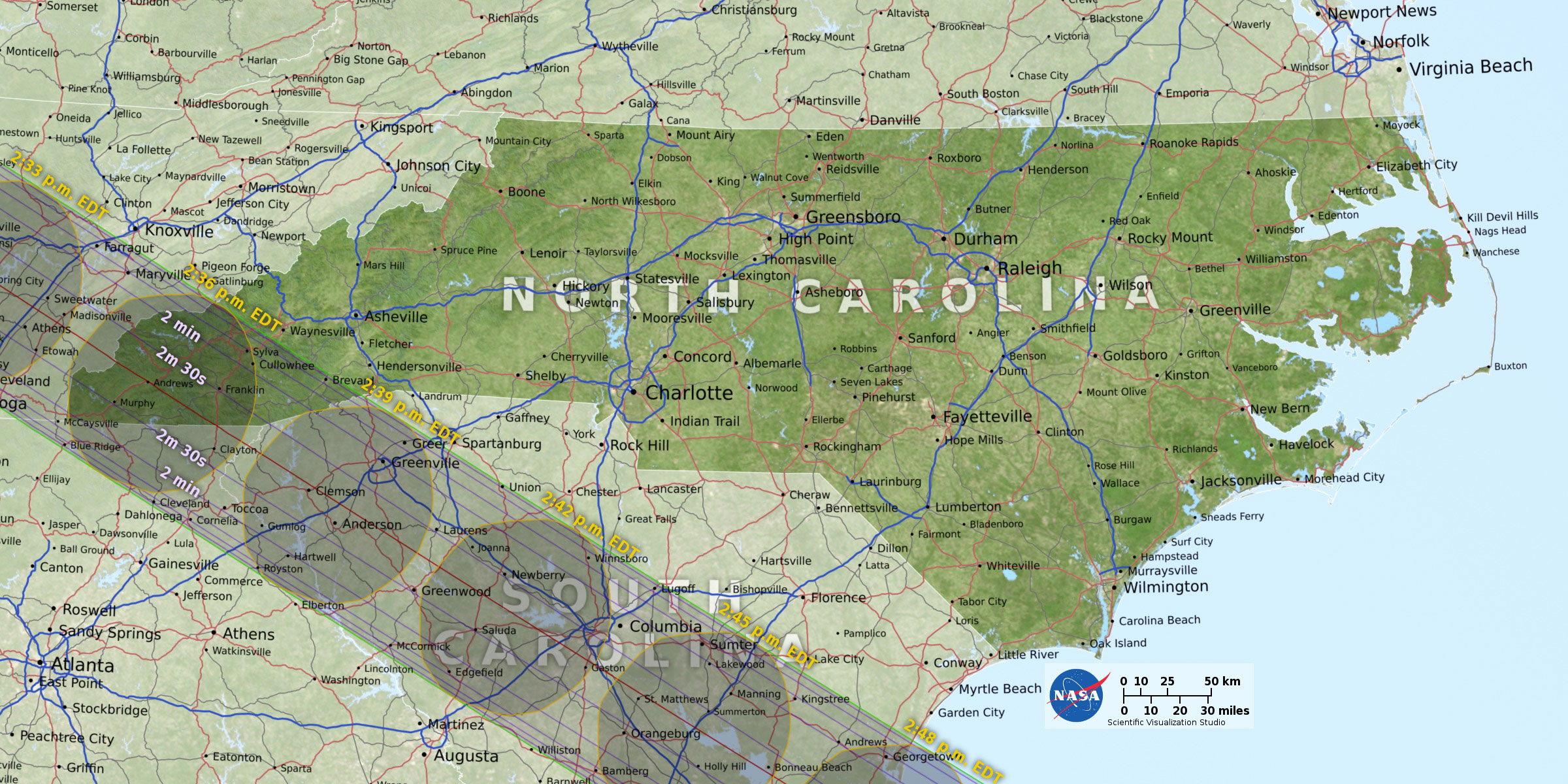The days are starting to feel a little shorter, and the copper-hued afternoons of autumn loom just around the corner. You know you should be logging some mountain miles and soaking up the last leg of summer, but we get it—finding the motivation to run through soaring August temperatures is not easy. To help you get going, we’ve found five of the most refreshing trail runs in the Blue Ridge. Get ready to slosh through streams, run alongside the river, and quench your thirst for summer adventure while you still can.
1. Warren Wilson College River Trail
The peaceful, pastoral campus of Warren Wilson College in Swannanoa, North Carolina, is home to one of the most charming trails in Buncombe County. Carved into the banks of the Swannanoa River, the River Trail is a flat, 5 mile out-and-back ramble through idyllic countryside. The gentle current and clear water flowing beside you will prove tempting in these last dry weeks of summer, and there are plenty of pebbly shoals and deeper pools to take a post-run dip.The varied terrain of the River Trail includes working farmland, swathes of pastel meadows, shaded forest and even a small bamboo grove. The path is foot traffic only, and you’re likely to encounter a handful of fellow runners and barefoot college students out for a stroll between classes. Dogs are welcome but must be kept leashed at all times, a policy that is strictly enforced. Trailhead is located at Charles D. Owen Park, 875 Warren Wilson Road in Swannanoa, NC.
2. Vineyard Gap and Riverside Trail
For more experienced runners, the Vineyard Gap Trail in Pisgah National Forest climbs 2.3 miles up and over Forge Mountain, then descends into the South Fork of Mills River. Here you will meet up with the Riverside Trail, which will eventually loop back to the parking lot, totaling 7.4 miles of sweet mountain running. As always in Pisgah, roots, rocks and ruts will keep you on your toes, but the remote landscape and cool, quiet forest make for a pleasant and absorbing experience. The trail crosses the river several times, and these invigorating interludes will cool you down and keep you running strong. The water is knee-deep at times, so be mindful of slippery rocks and river levels, and do not attempt to cross at high water.
Access from the Turkeypen Gap Trailhead Parking area on Turkeypen Road (FS 297).
3. Reasonover Creek Trail to Lake Julia

Melina Coogan
This beautiful singletrack trail rises and falls over moderate hills for 3.27 miles, all within the shade of a dense hardwood canopy. Toward the beginning of your run, make your way carefully across a wide creek by hopping across twelve neatly positioned rocks, or wade through the shin-deep water for an initial cool down. You will splash across the creek a few more times before getting your first glimpse of Lake Julia, smooth as glass and glinting through the trees. Although accessible by forest roads, Lake Julia is remote enough that it remains relatively quiet and calm, a novelty for most DuPont swimming spots. You may share the lake with other runners, mountain bikers, and stand up paddlers, but there is generally a corner of solitude to be claimed. When you’re ready to turn for home, head back on the same, scenic trail that you came in on. As always in DuPont, be on the lookout for bikers.
Park at the Fawn Lake Access area on Reasonover Road. On foot, turn right after the gate for 0.1 miles. The trailhead is located at the intersection of Conservation Road.
4. Stone Mountain Falls

bobistraveling
Nothing epitomizes the beauty and grandeur of the Blue Ridge Mountains like a waterfall, and nothing could be a more welcome and refreshing site at the culmination of a hot summer’s run. The Stone Mountain Loop trail in Stone Mountain State Park is a super fun, 4.5-mile adventure that will lead you to a 200-foot granite monolith of cascading water on Big Sandy Creek. Explore the pool at the base and exult in the mist before tackling the man-made staircase that climbs the east slope of the Mountain to the top of the falls.
Stone Mountain State Park in Roaring Gap, NC, spans across Wilkes and Alleghany counties. Access the trail at the park’s lower trailhead, 2.5 miles down the road from the visitor center.
5. Bent Creek Trail

Erin Brierley
This is a perfect option for beginners, or anyone looking to sneak in a run before work. Bent Creek trail meanders on even ground for 1.3 miles through the North Carolina Arboretum , alongside the diamond clear waters of its namesake creek. It even passes through a portion of the National Native Azalea Repository, making for a brief but stunning loop that is guaranteed to make your short-list. The trail parallels Bent Creek Road, where you will find several intersecting trail and road options to explore beyond the Arboretum and the adjacent Pisgah National Forest.
Originally written by RootsRated.
Featured image provided by Julia Pethtel

































